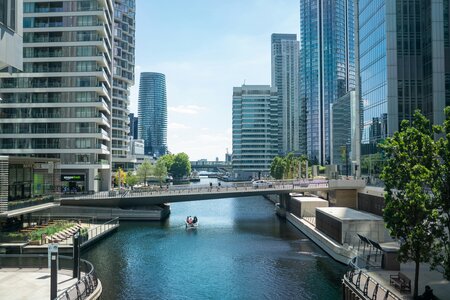Nature-Related Assessment
Nature positive is about business playing an active part in nature's recovery and doing more than just avoiding the worst impacts or implementing circular business models. While avoiding negative impacts is vital, making a positive contribution to nature is necessary to build reliable and sustainable production bases that deliver long-term value for businesses, customers and the planet.
Getting to grips with the direct and dispersed impacts of products, services and operations is the first step. It means understanding the footprint of the full value chain and taking appropriate action. Nature positive supply chains demand more than a de-risked life cycle assessment – engaging with other supply chain actors and stakeholders in the wider landscape unlocks positive actions and interventions not possible when going it alone.
Companies have greater awareness and control of their own operations’ impact on the environment, but the largest impacts – and challenges – will likely come from sourcing. Evidence shows that agricultural material production is the biggest single driver of biodiversity loss and climate change. As buyers of these materials, midstream and downstream companies are looking to understand and manage the impact of the products they source.
We work to help companies understand the biodiversity impact of their products and services, and use this information to develop biodiversity and nature strategies, to set targets and to build the capacity to act on issues in their supply chain. We were involved in the development of many of the metrics and tools these methods rely on, and apply them regularly for companies from sectors as diverse as manufacturing, technology and personal care. To support companies on their nature positive journey we:
- Compile and map data on materials in their supply chain
- Quantify the impact of materials in their supply chain using biodiversity metrics
- Develop comprehensive biodiversity strategies
- Benchmark policies and commitments
- Set comprehensive and achievable strategies and targets in line with stakeholder expectations
- Use supply chain data to identify priorities and options
- Identify opportunities for collaboration and transformation at sector and landscape levels





